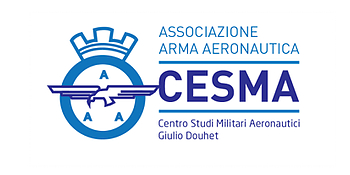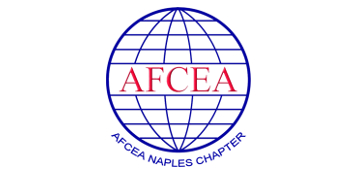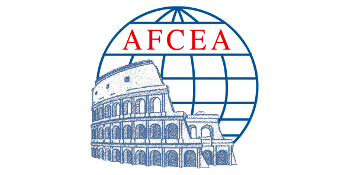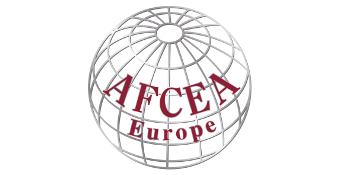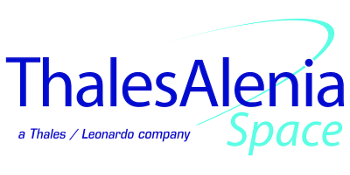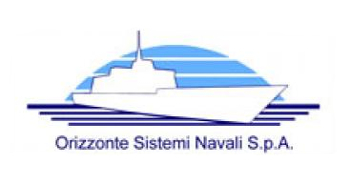Military Metrology for AeroSpace
Life Cycle Management: Use of the European Aerospace & Defence (ASD) Data Model to standardize LCM data sources
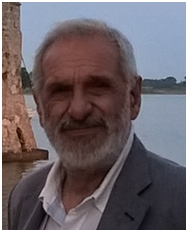
EDUARDO DE FRANCESCO
FederLazio Aerospazio e Difesa, Italy
SeTeL, Italy
ABSTRACT
INTRODUCTION
LCM is a methodology. No matter which way you use to implement LCM, you need data which mainly pertains to the Sustainability domains, including supportability, cost, performances and environment. On time domain LCM data typically spans over multiple decades and is used or generated by multiple stakeholders.
To cover such large domains, data sources and results are normally stored in Data Bases which often differ fromNation to Nation, from Army to Army and from Company to Company.
De facto the unavoidable data diversity (time and players) strongly impacts on the final quality of the LCM, LCC accounting, Ao measurements and consequently on the same LCM method effectiveness.
The need to continuously re-asses the values during the multiple decades of the system lifecycle, may also further increase the difficulty to obtain well qualified analyses.
The path becomes more critical when the number of players involved increases, such as Multinational programs and supply chain involvements.
This requires a common Data Model and a common interpretation of elements composing the data model.
The Aerospace & Defence Standards (ASD) offers a unique opportunity to successfully face this challenge.
Starting from NILS experience, the proposal is to encourage an interforce effort for a cost-effective tailoring of ASD Specification to take into account national needs/constraints while leaving the interoperability of data with the international standard.
The S-Series ILS specifications
The international aerospace and defense community has, over the past decades, invested considerable effort to develop specifications in the field of Integrated Logistics Support (ILS).
In 2010 an ILS Specification Council was formed to conduct the overall governance of the development of the SSeries ILS specifications.
The currently available (or in the process of development) specifications cover nearly all the topics of LCM. The already developed Common Data Model standardizes the data needed.
SHORT BIOGRAPHY
Master’s degree in electronic Engineering achieved at Politecnico di Torino in 1973. Since the beginning, he matured his experience in the ILS Engineerig field starting from the Tornado project, developing in the 70’, in cooperation with the Italian Air Force, one of the first Logistic Plans.
In 1978 he founds the SIPAL (Società Italiana per l’Assistenza Logistica), in 1982 joins SeTeL (ServiziTecniciLogistici), covering all roles and where he is still operating. He became president of SeTeL in 1997 and from 2011, once retired, covers the R&D Manager Role.
From 2001 to 2011, he was professor of SW sciences (data modelling) at Libera Università S. Pio V in Rome. He continued to teach ILS methodologies in many universities and Masters.
In 2013 he becames vice president of Federlazio Aerospace and Defence (Latium SME Association).
Since 2013, in collaboration with Roma Tre University, started to face a research theme called “Autonomic Logistic” with a series of thesis and funded Project.
He participated to the development of NIILS (Normativa Interforze ILS) and had a significant role in the definition of the Italian Navy NAV-70 standard which is the customization of the ASD S1000 to the national needs.
